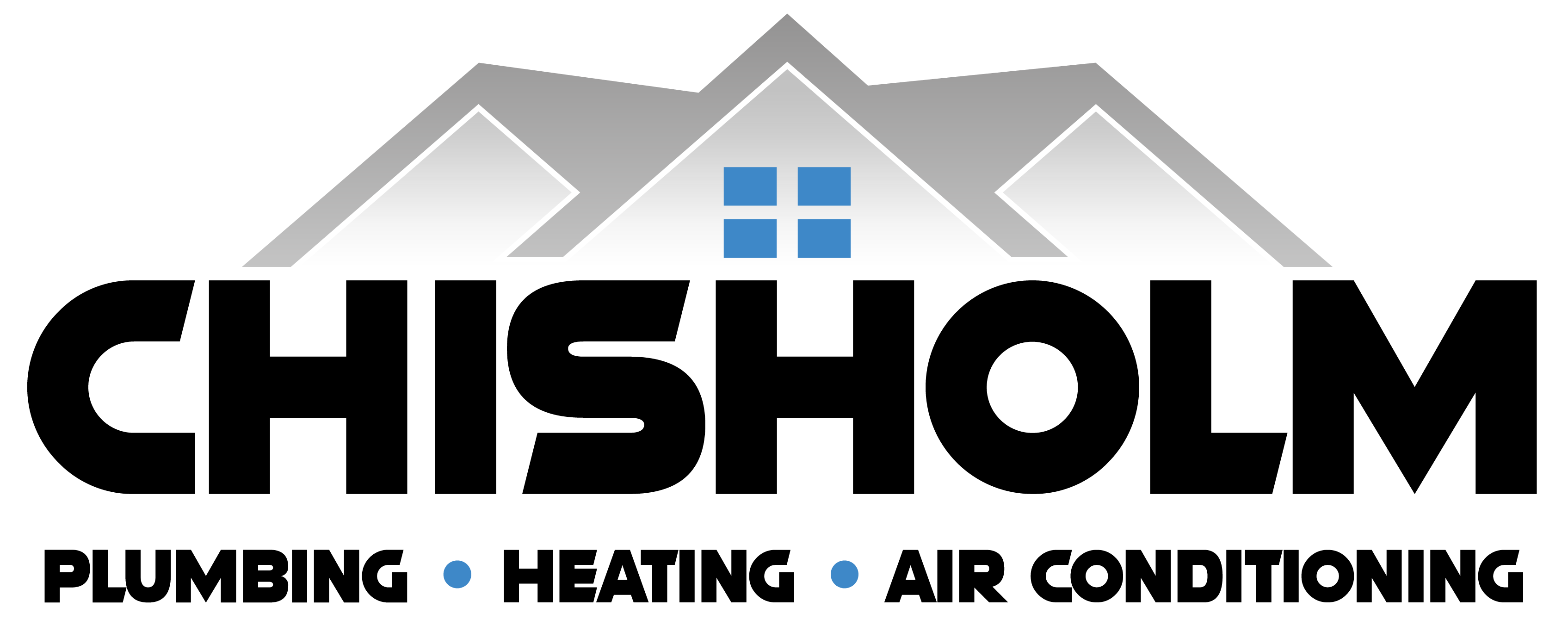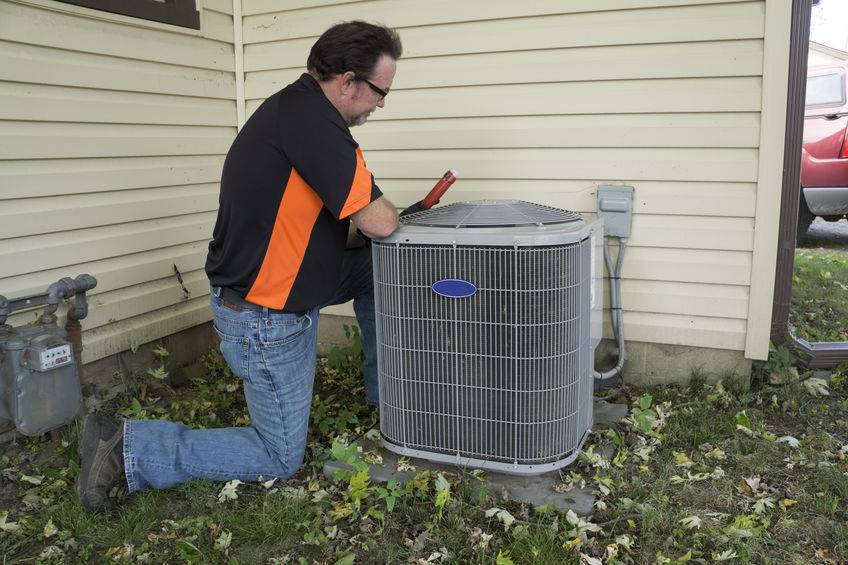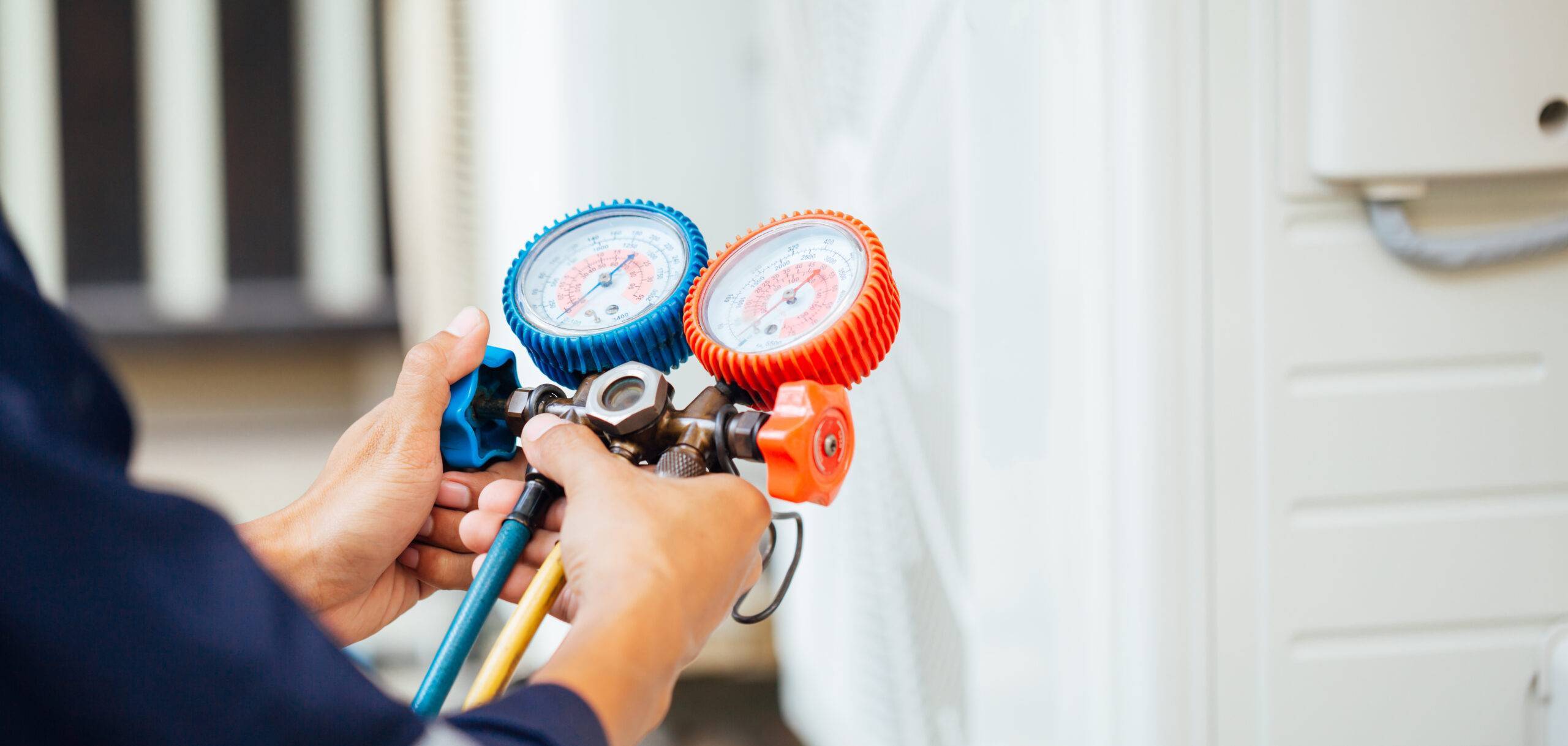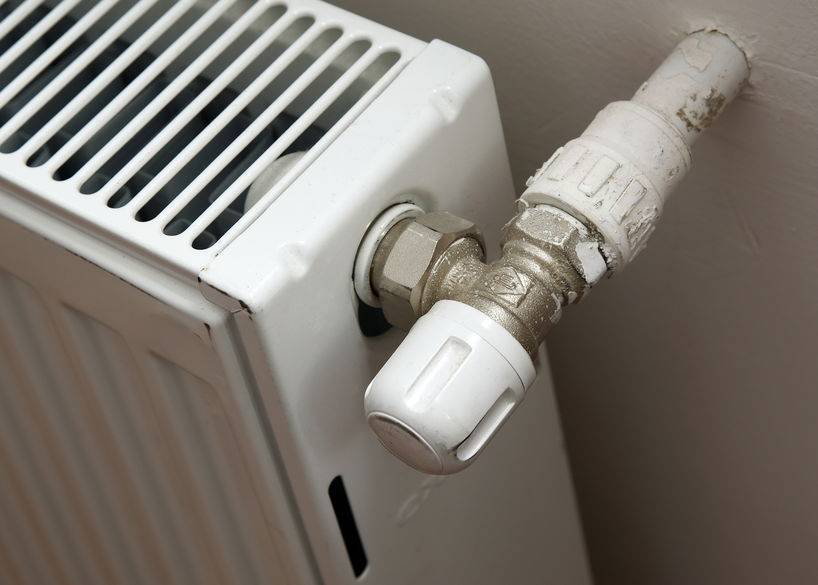
Winter in Greer can bring frigid temperatures that pose a serious threat to your home’s plumbing system. Frozen pipes can burst, leading to costly water damage and repairs. Fortunately, with the right preventive measures, you can protect your pipes and avoid the headache of emergency plumbing issues.
In this blog, we’ll cover essential tips to prevent frozen pipes and ensure your plumbing system stays in top shape throughout the winter. From insulating exposed pipes to knowing when to shut off your water, these steps can save you time, money, and stress. For professional assistance or to schedule a plumbing inspection, trust Chisholm Plumbing Heating & Air Conditioning to keep your home safe and sound.
Insulate Exposed Pipes
One of the most effective ways to prevent frozen pipes is to insulate any exposed plumbing. Pipes located in unheated areas like basements, attics, garages, and crawl spaces are particularly vulnerable to freezing when temperatures drop.
Which Pipes Are Most at Risk?
- Outdoor Faucets and Hose Bibs: These are the first to freeze and should be protected with faucet covers.
- Pipes in Unheated Spaces: Any plumbing in areas that are not regularly heated, such as garages and crawl spaces, needs extra protection.
- Pipes Along Exterior Walls: Even indoor pipes along exterior walls can be at risk if not properly insulated.
How to Insulate Your Pipes:
- Use Foam Pipe Insulation: Wrap foam insulation around exposed pipes, making sure to cover all gaps and joints.
- Add Heating Tape: For extra protection, especially in very cold areas, apply electric heating tape along the length of the pipe before adding insulation.
- Seal Gaps Around Pipes: Use caulk or expanding foam to seal any gaps around pipes where cold air could enter.
Proper insulation can prevent pipes from freezing and bursting, saving you from expensive repairs. For help with insulating your pipes or to schedule a winter plumbing check-up, visit our plumbing services page or contact us today.
Keep a Consistent Indoor Temperature
Maintaining a consistent indoor temperature is key to preventing pipes from freezing, especially during those unexpected cold snaps. Even if you’re not home, keeping your thermostat at a steady temperature can prevent costly plumbing issues.
Tips for Maintaining a Stable Temperature:
- Set Your Thermostat: Keep your thermostat set to at least 55°F, even if you’re away from home. This ensures that your pipes remain warm enough to avoid freezing.
- Open Cabinet Doors: If you have plumbing located in kitchen or bathroom cabinets, keep the doors open to allow warm air to circulate around the pipes.
- Avoid Turning Off the Heat: If you’re going out of town, resist the urge to turn off your heating system completely. Instead, lower it but keep it on to protect your pipes.
If your heating system needs a tune-up to ensure consistent performance, check out our heating maintenance services to keep everything running smoothly. For assistance or to schedule a service, contact us today!

Let Faucets Drip
Allowing your faucets to drip slightly can be a simple yet effective way to prevent your pipes from freezing. This technique helps relieve pressure in the pipes and keeps water moving, making it less likely to freeze and cause a burst.
How to Use This Method:
- Choose the Right Faucets: Focus on faucets connected to exposed or vulnerable pipes, such as those located on exterior walls or in unheated areas like basements or garages.
- How Much Water Should Drip? A slow, steady drip is sufficient. It’s not necessary to have a heavy stream of water—just enough to keep the water moving.
- Which Temperature to Use? Letting both the hot and cold water drip is ideal, as it keeps both supply lines from freezing.
This small step can prevent a big problem. If you’re concerned about your plumbing or want to learn more about protecting your home, explore our plumbing services or contact us for expert advice.
Seal Cracks and Gaps
Cold air seeping into your home through cracks and gaps can significantly increase the risk of frozen pipes. Sealing these openings, especially around areas where pipes enter or exit your home, helps keep cold air out and warm air in.
How to Identify and Seal Problem Areas:
- Inspect Around Pipes and Vents: Check for gaps around pipes, vents, and electrical wiring that penetrate exterior walls. These areas are often overlooked but can let in a lot of cold air.
- Use Caulk or Expanding Foam: Seal small gaps and cracks with caulk, and use expanding foam for larger openings. These materials provide an airtight seal to prevent drafts.
- Weatherstrip Doors and Windows: Adding weatherstripping around doors and windows can also help keep cold air from entering your home and affecting nearby pipes.
By taking these steps, you can protect your pipes from freezing and improve your home’s overall energy efficiency. For more advice or to schedule a professional inspection, visit our plumbing services page or contact Chisholm Plumbing Heating & Air Conditioning today.

Disconnect and Drain Outdoor Hoses
Leaving hoses connected to outdoor faucets during winter can trap water in the hose and faucet, leading to frozen and potentially burst pipes. Properly disconnecting and draining your hoses is a simple step that can prevent costly damage.
Steps to Protect Your Outdoor Faucets:
- Disconnect All Hoses: Remove all garden hoses from outdoor spigots. Even if the hose is empty, it can still cause water to back up and freeze in the pipe.
- Drain and Store Hoses: After disconnecting, drain the hoses completely and store them in a garage or shed to prevent them from becoming damaged by the cold.
- Shut Off Outdoor Water Supply: If your home has an interior shut-off valve for outdoor faucets, turn it off and open the outdoor faucet to drain any remaining water.
These steps will help protect your outdoor faucets and pipes from freezing and bursting. For additional help with winterizing your home’s plumbing, explore our plumbing services or contact us to schedule an appointment.
Know How to Shut Off Your Water Supply
In the event of a pipe freezing or bursting, knowing how to quickly shut off your home’s main water supply can prevent extensive water damage. It’s important for every homeowner to be familiar with the location of the shut-off valve and how to operate it.
Steps to Locate and Use Your Water Shut-Off Valve:
- Find the Main Shut-Off Valve: This is typically located where the water line enters your home—often in a basement, crawl space, or utility room. It’s usually a lever or wheel-type valve.
- Learn How to Shut It Off: Turn the valve clockwise to shut off the water. If it’s a lever, it should be turned perpendicular to the pipe to stop the flow.
- Practice in Advance: Don’t wait for an emergency—practice turning off the valve so you’re prepared if a pipe bursts.
Being able to quickly shut off the water can minimize damage and give you time to call a professional. If you need help locating your shut-off valve or want a thorough plumbing inspection, check out our plumbing services or contact Chisholm Plumbing Heating & Air Conditioning for assistance.

Conclusion
Preventing frozen pipes is essential for protecting your Greer home from winter plumbing disasters. By following these tips—insulating exposed pipes, maintaining a consistent indoor temperature, letting faucets drip, sealing cracks and gaps, disconnecting outdoor hoses, and knowing how to shut off your water supply—you can avoid the stress and expense of dealing with burst pipes.
For extra peace of mind, consider scheduling a professional plumbing inspection with Chisholm Plumbing Heating & Air Conditioning. Our team can help ensure your home is ready for the winter months ahead. Whether you need drain cleaning, water heater services, or help with water and gas lines, we’ve got you covered.
For more information or to book a service, contact us today. Stay warm and worry-free this winter, Greer!






